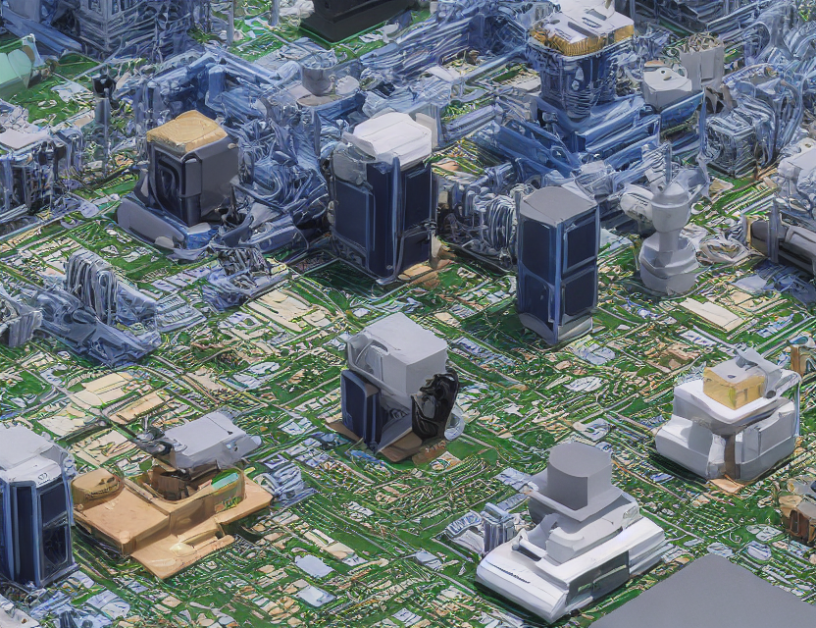In this article, the authors present a novel approach to point cloud registration, called RoReg, which utilizes rotation-equivariant descriptors to improve accuracy and efficiency. The authors aim to demystify complex concepts by using everyday language and engaging metaphors or analogies.
Introduction
Imagine you have a bunch of toy blocks with different shapes and colors, and you need to connect them perfectly without any gaps or overlaps. That’s what point cloud registration is all about – aligning multiple 3D points clouds together so that they match perfectly. However, it’s not as simple as it sounds, as the blocks can have different orientations and distances from each other. This makes it challenging to find the perfect connection.
RoReg: The Game-Changer
To tackle this challenge, the authors propose RoReg, a rotation-equivariant descriptor-based method that simplifies the registration process by requiring only one hypothesis for the transformation. In other words, instead of making multiple guesses about the transformation, RoReg makes just one educated guess and then refines it using an efficient optimization algorithm.
The authors compare RoReg with state-of-the-art methods, including SuperGLUE, and demonstrate that RoReg outperforms them in terms of accuracy and efficiency. They also show that RoReg can handle point clouds with varying orientations and distances, making it a versatile and powerful tool for various applications.
Metaphors and Analogies
To make the concept easier to understand, the authors use analogies such as "connecting building blocks" and "refining a single hypothesis." They also explain that RoReg is like a puzzle solver that finds the best fit among many possibilities, much like how a detective searches for clues to solve a crime.
Conclusion
In conclusion, the authors of this article present RoReg, a novel approach to point cloud registration that simplifies the process by requiring only one hypothesis for transformation. By using rotation-equivariant descriptors and an efficient optimization algorithm, RoReg outperforms state-of-the-art methods in terms of accuracy and efficiency. The authors use engaging metaphors and analogies to make complex concepts easier to understand, making this article accessible to a wide range of readers.



